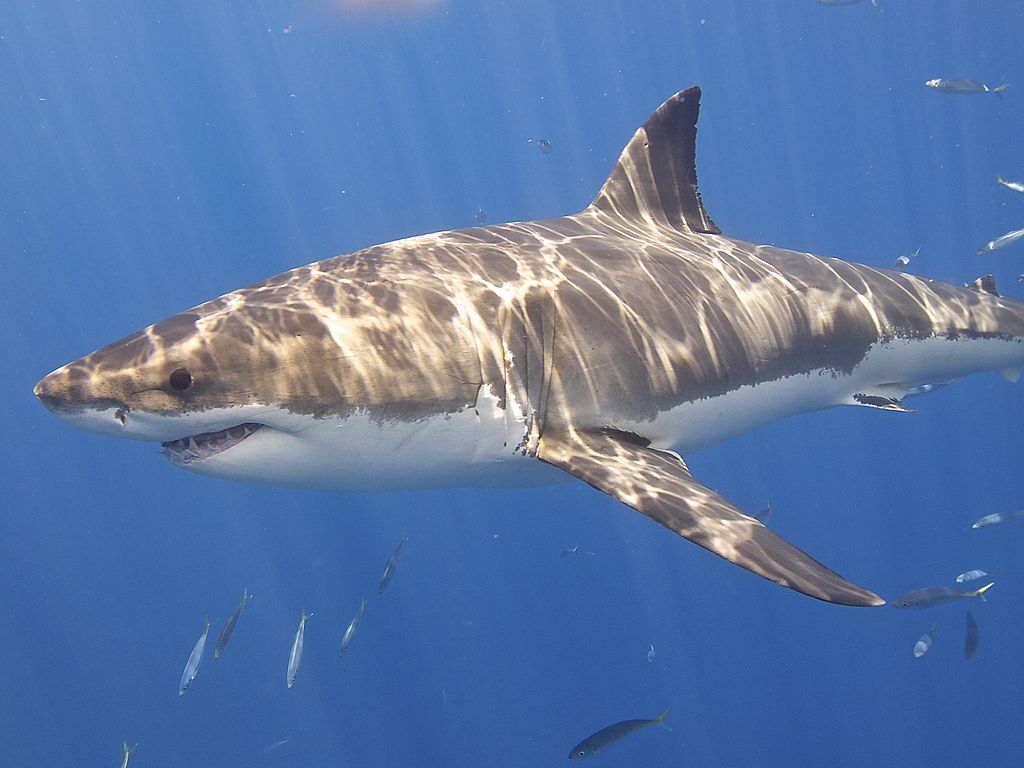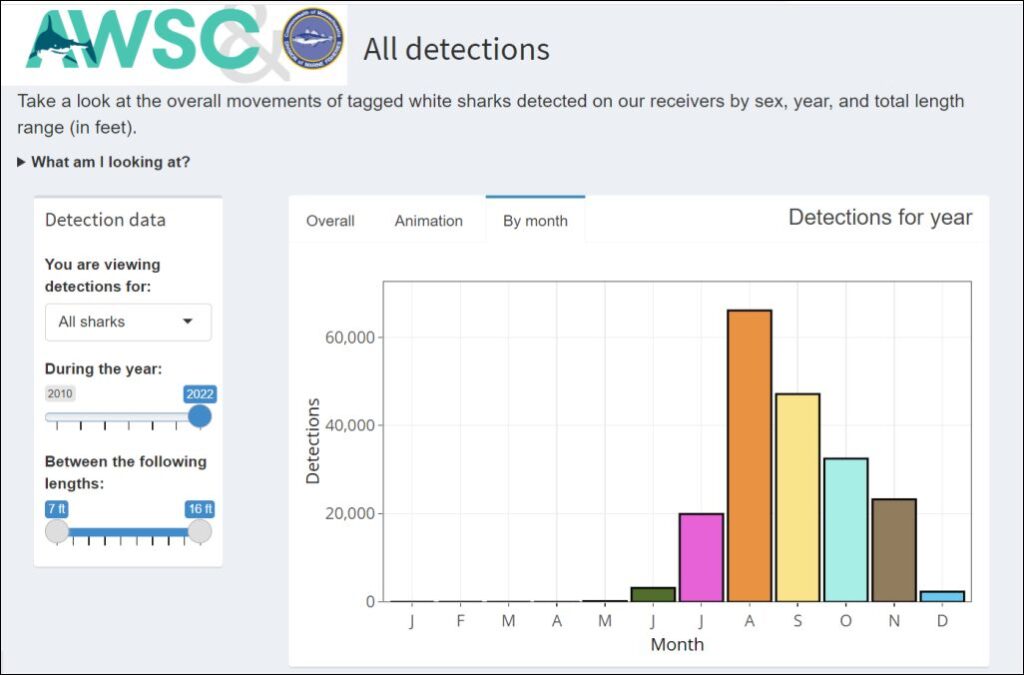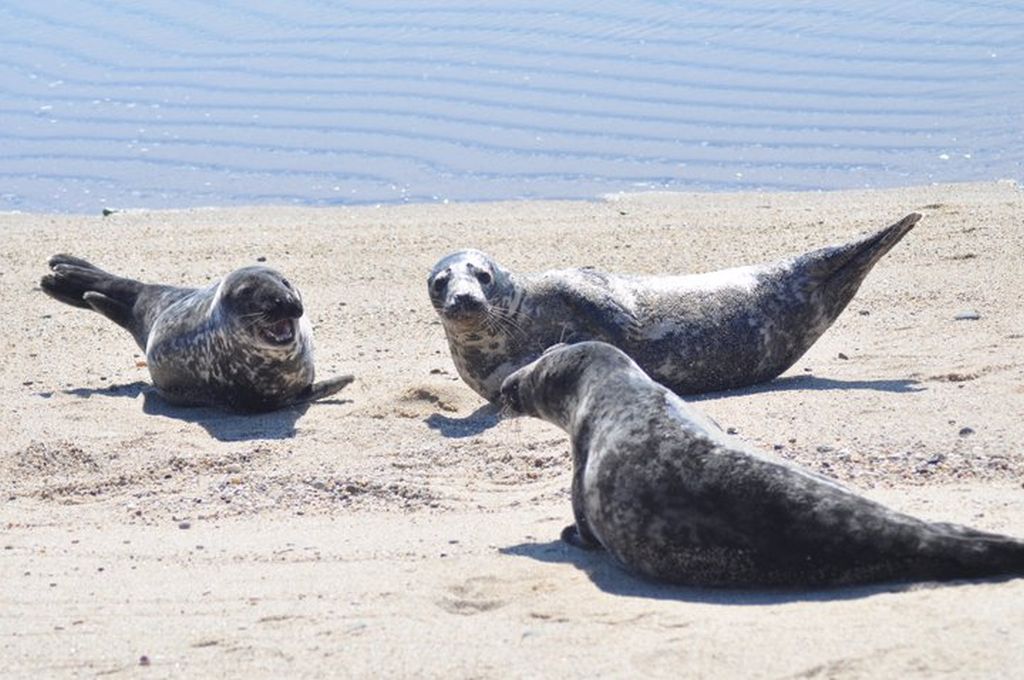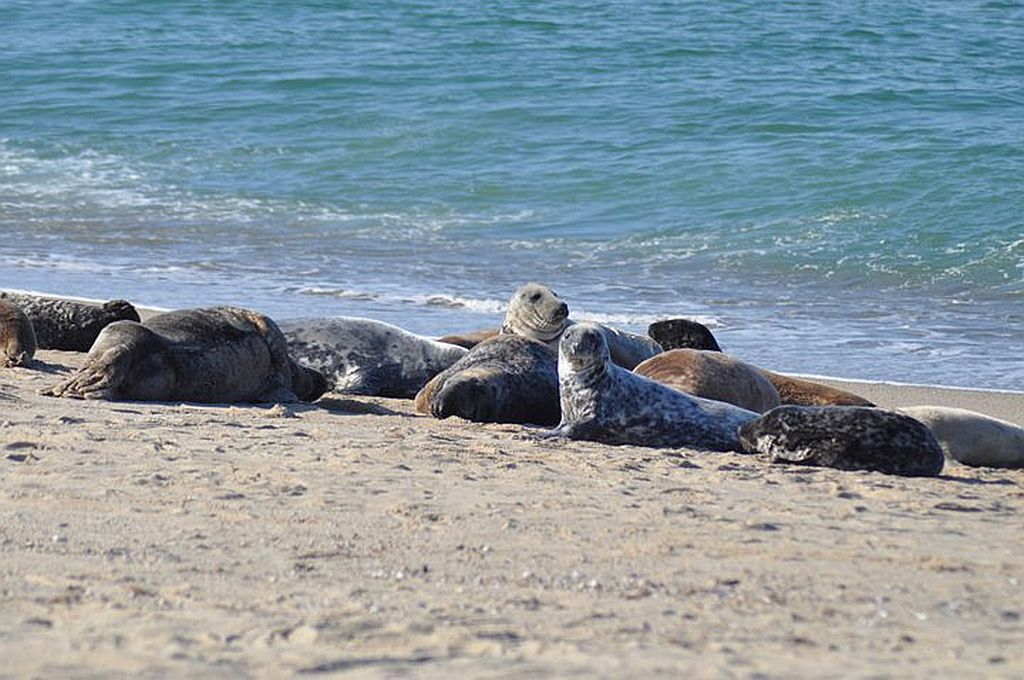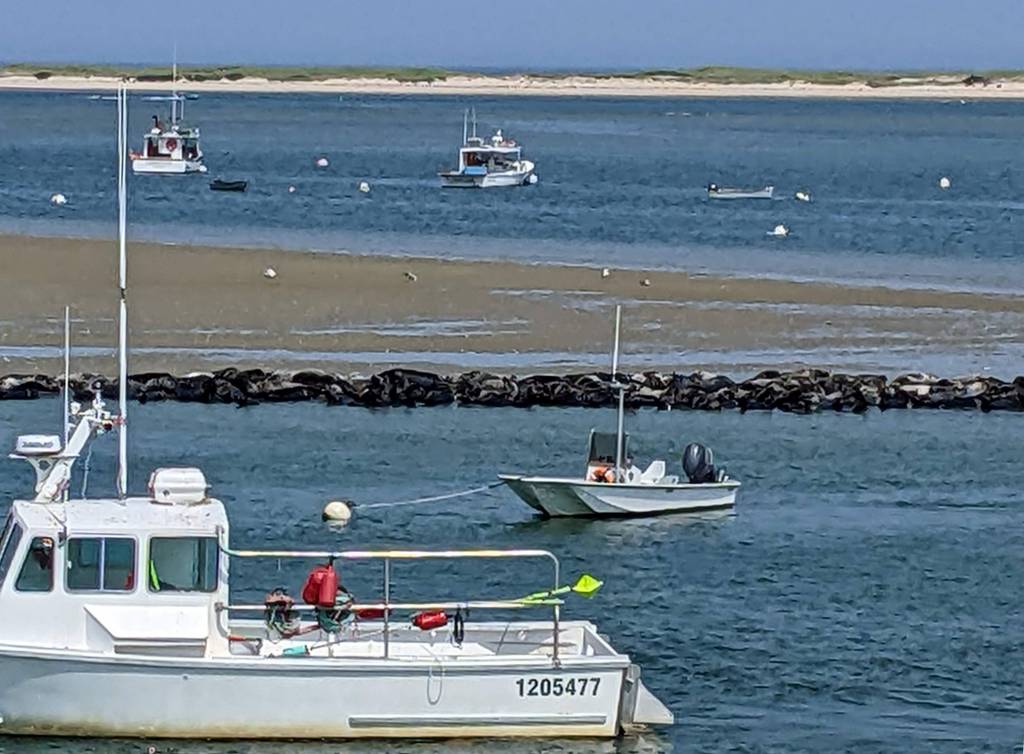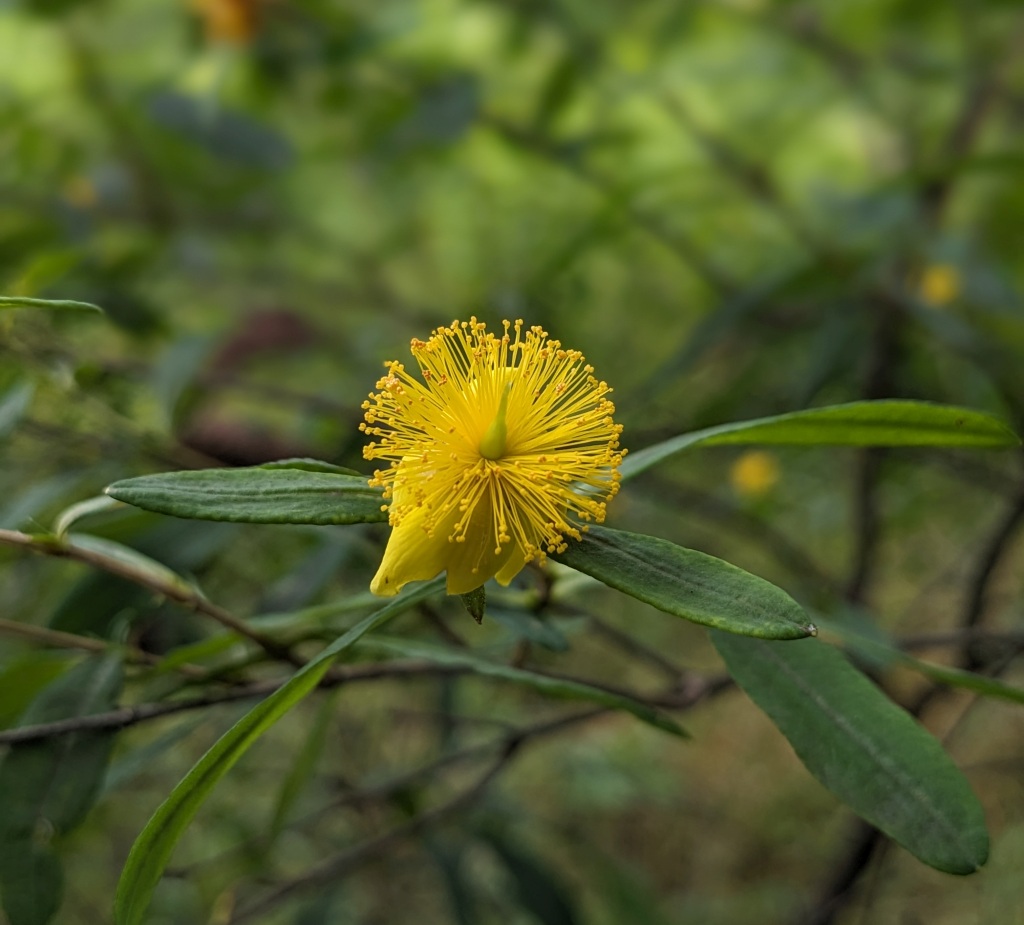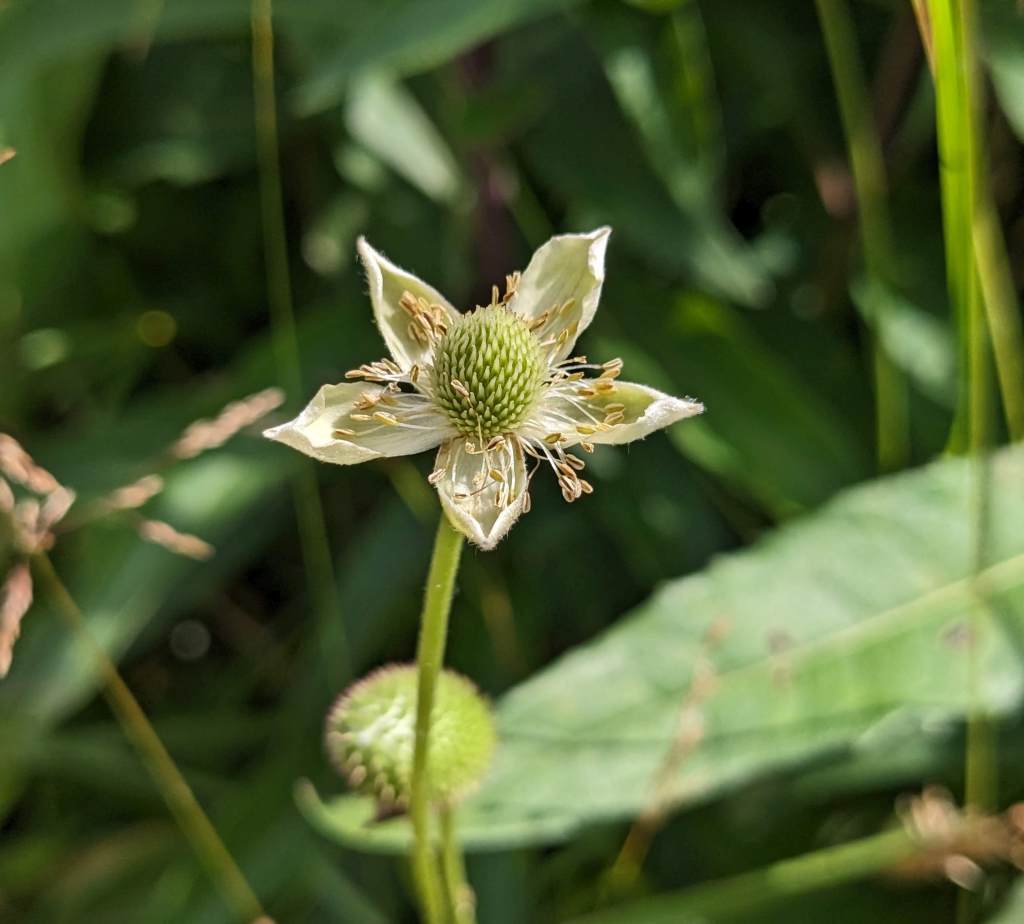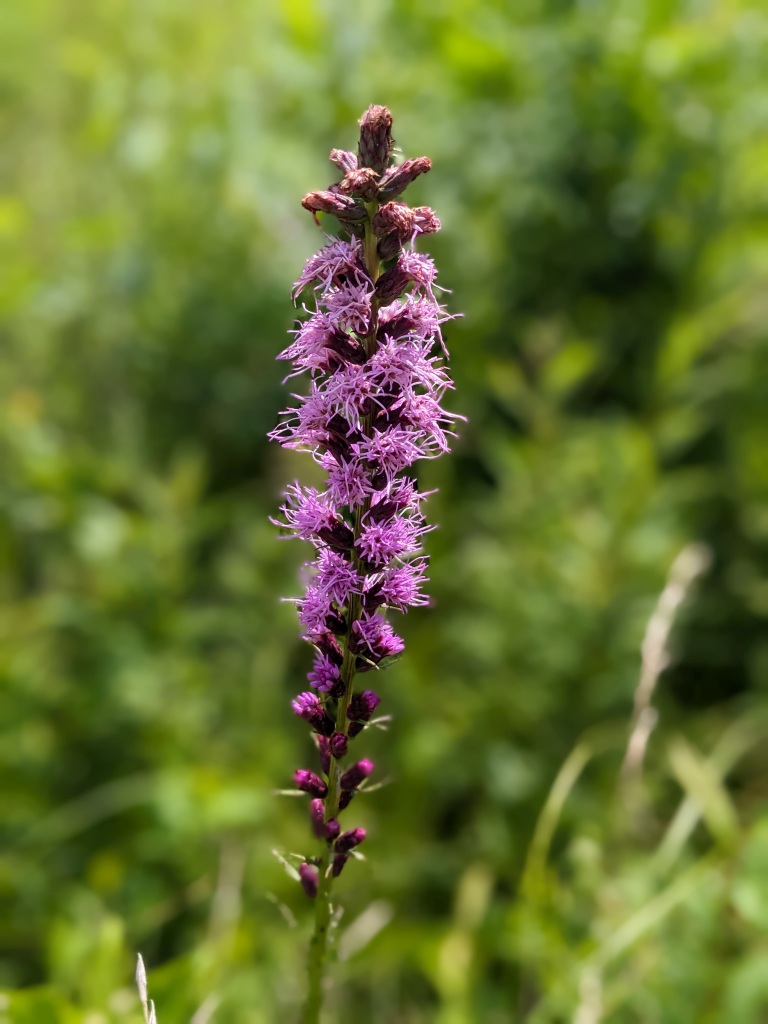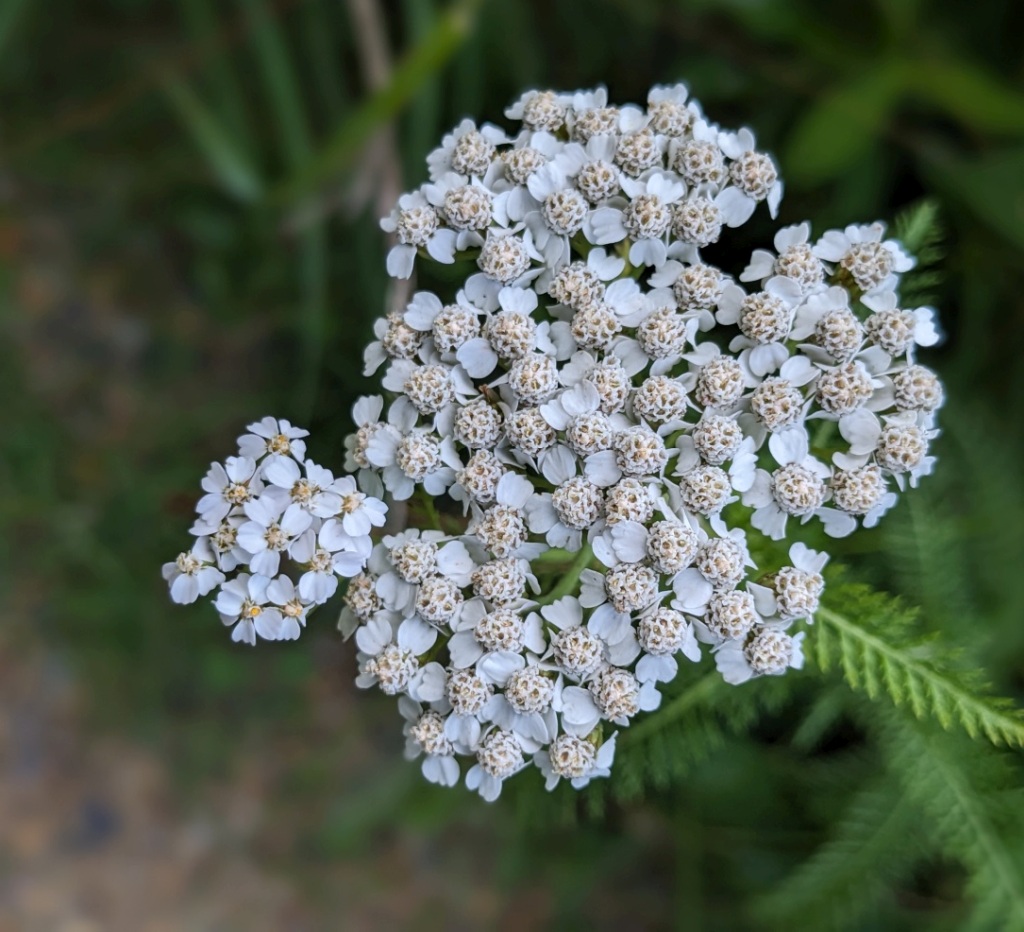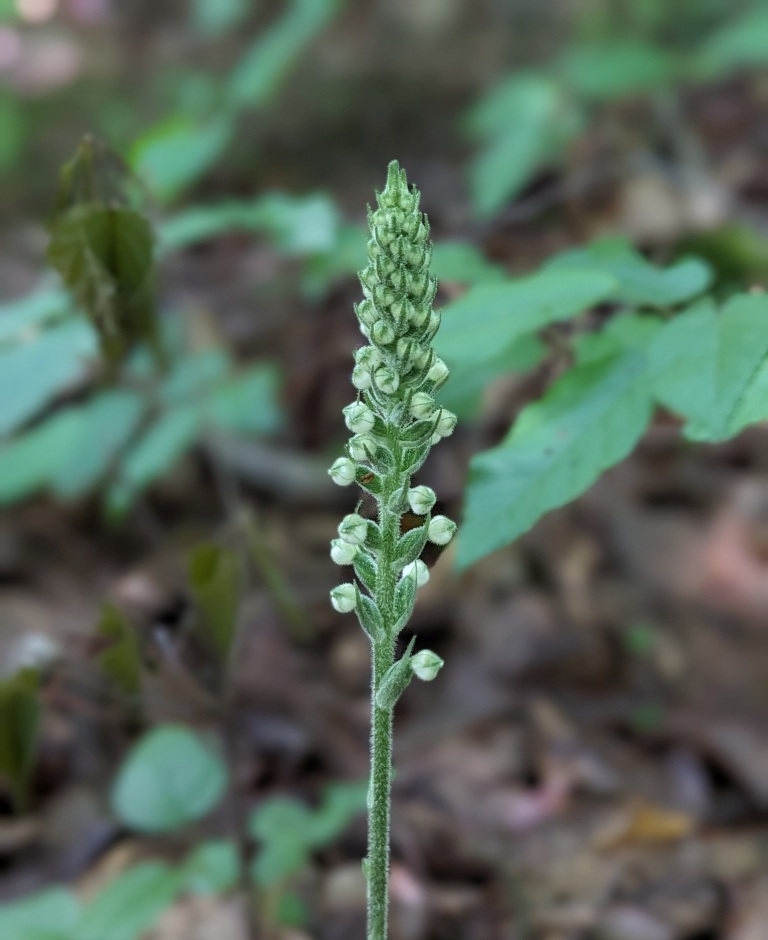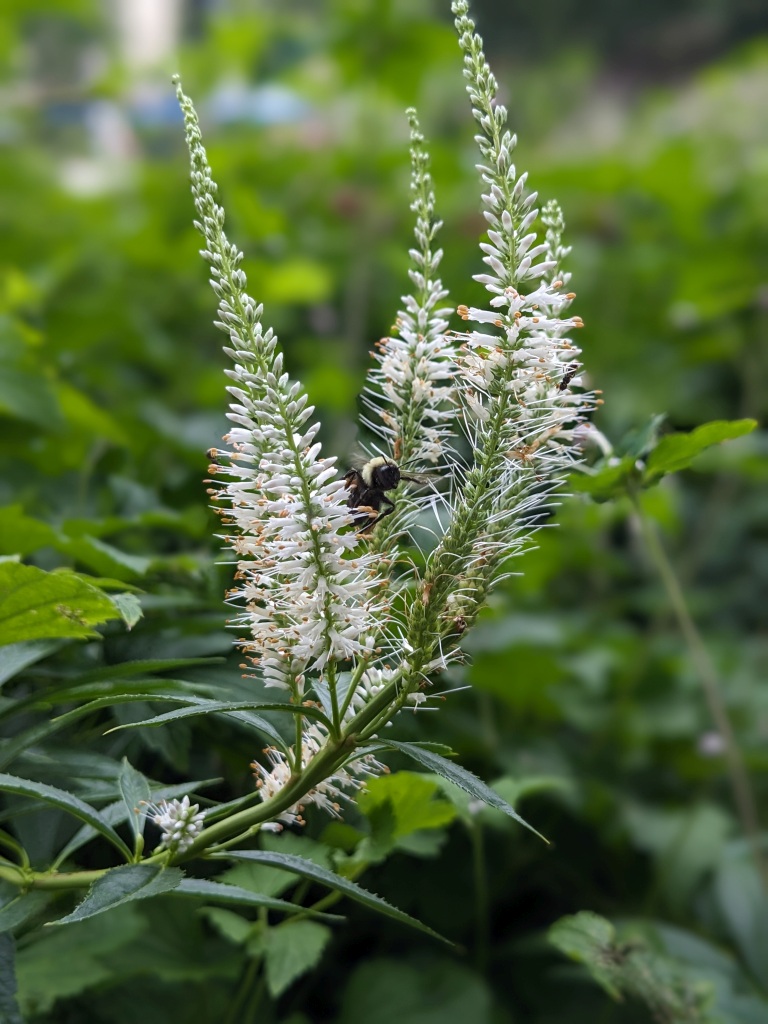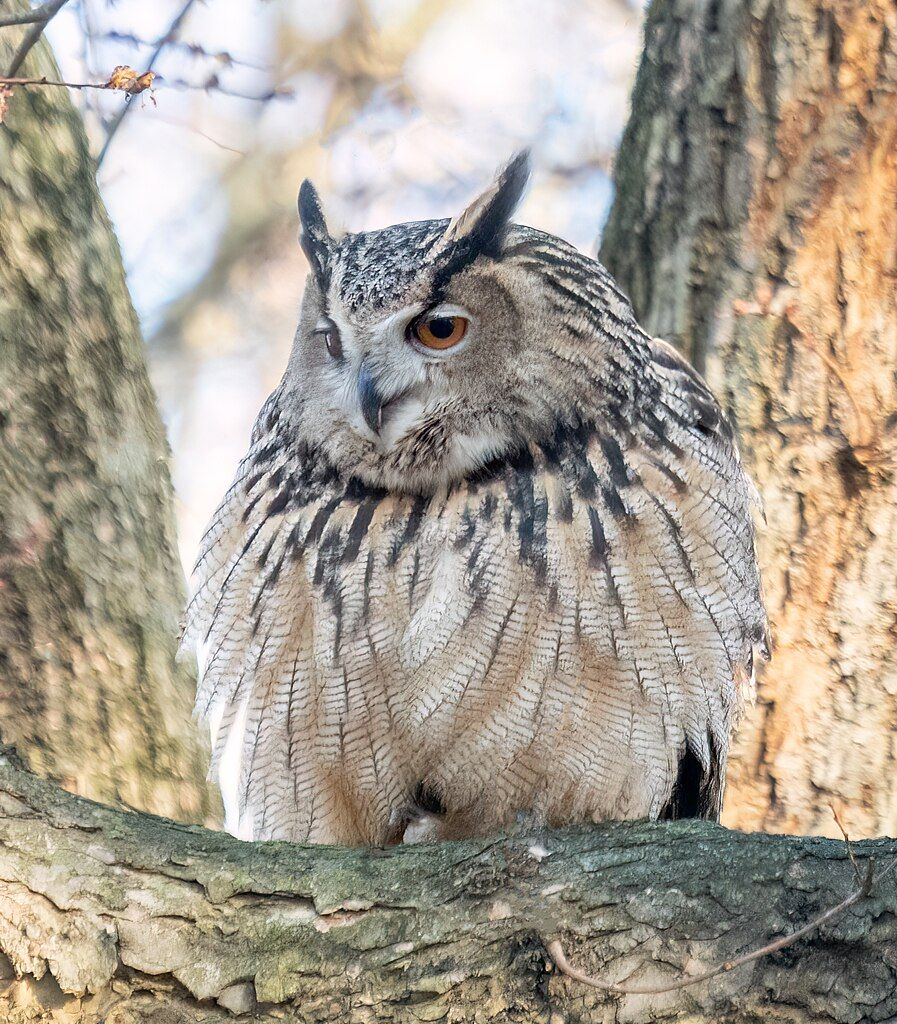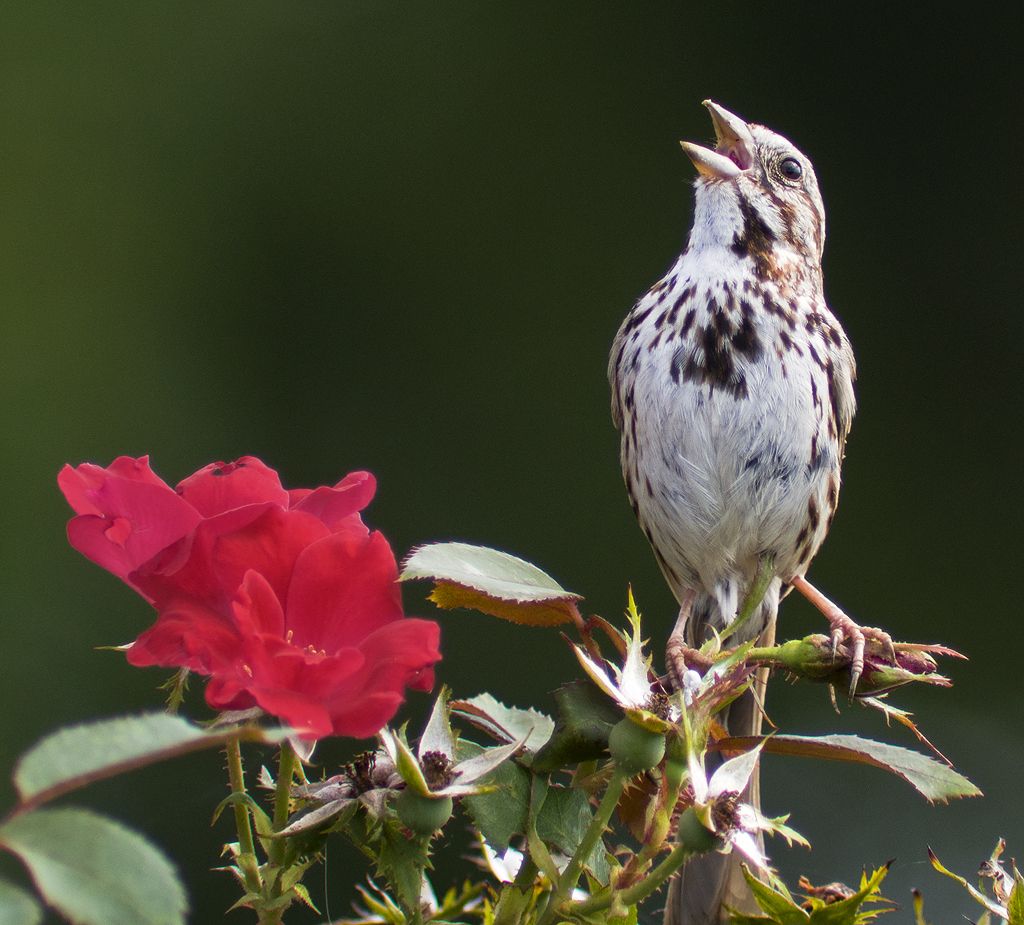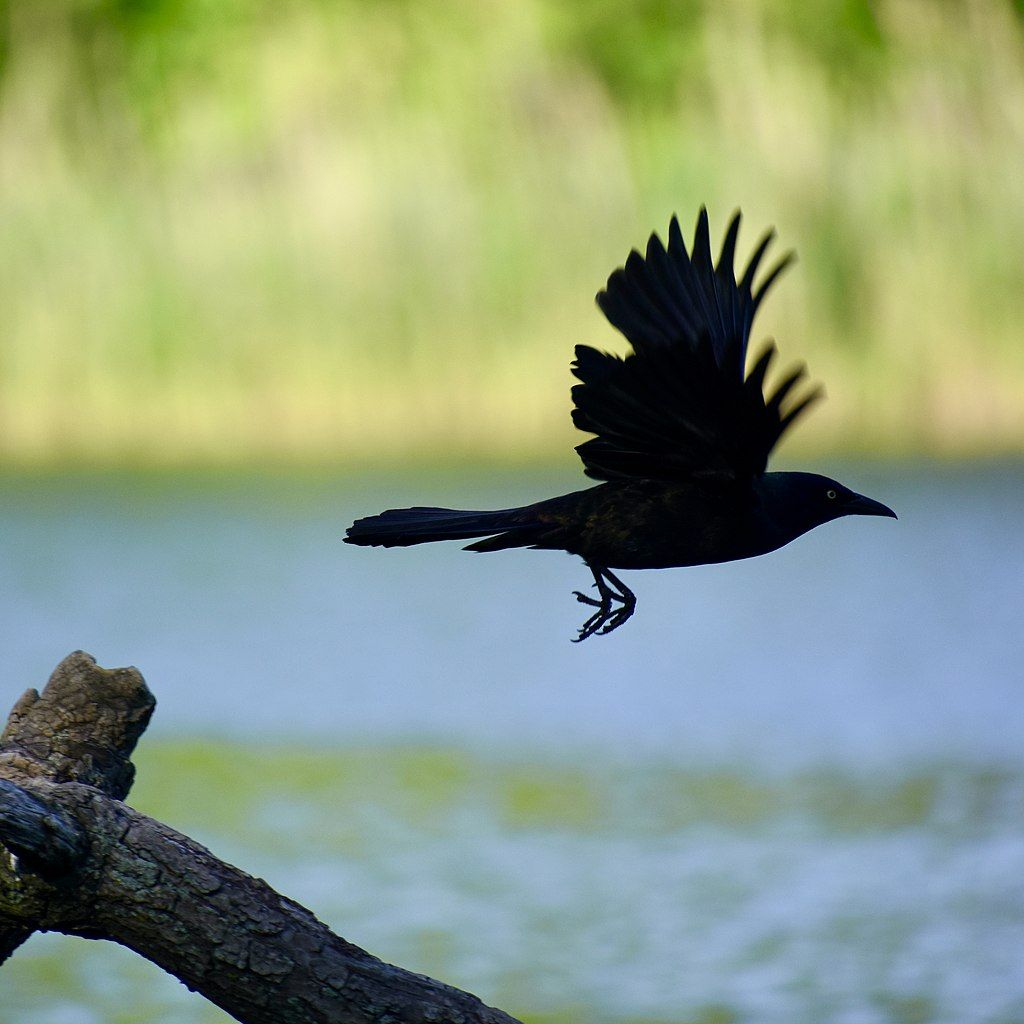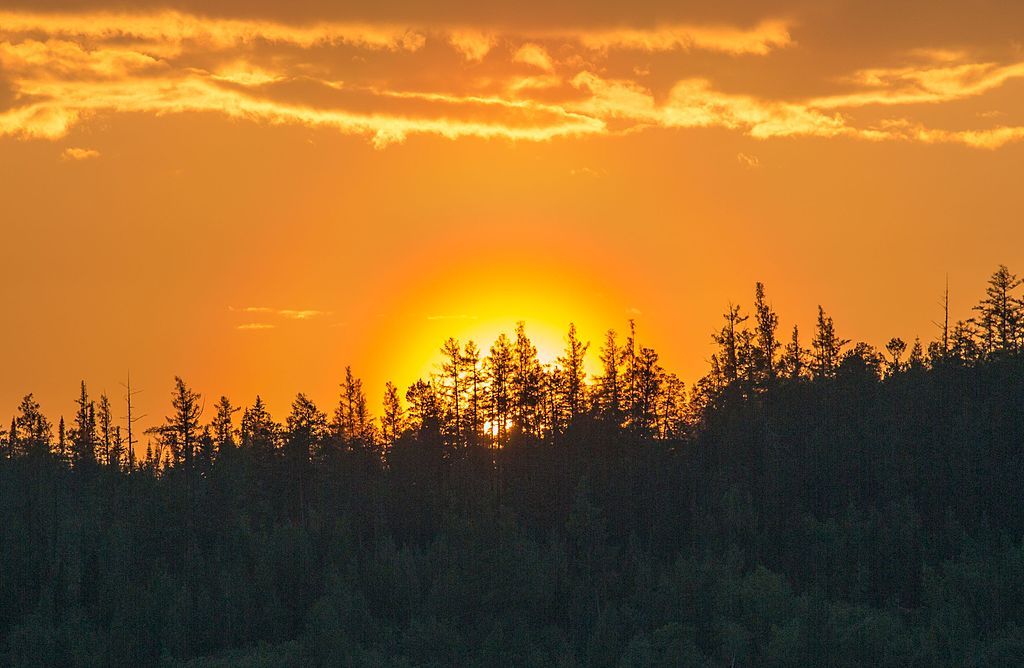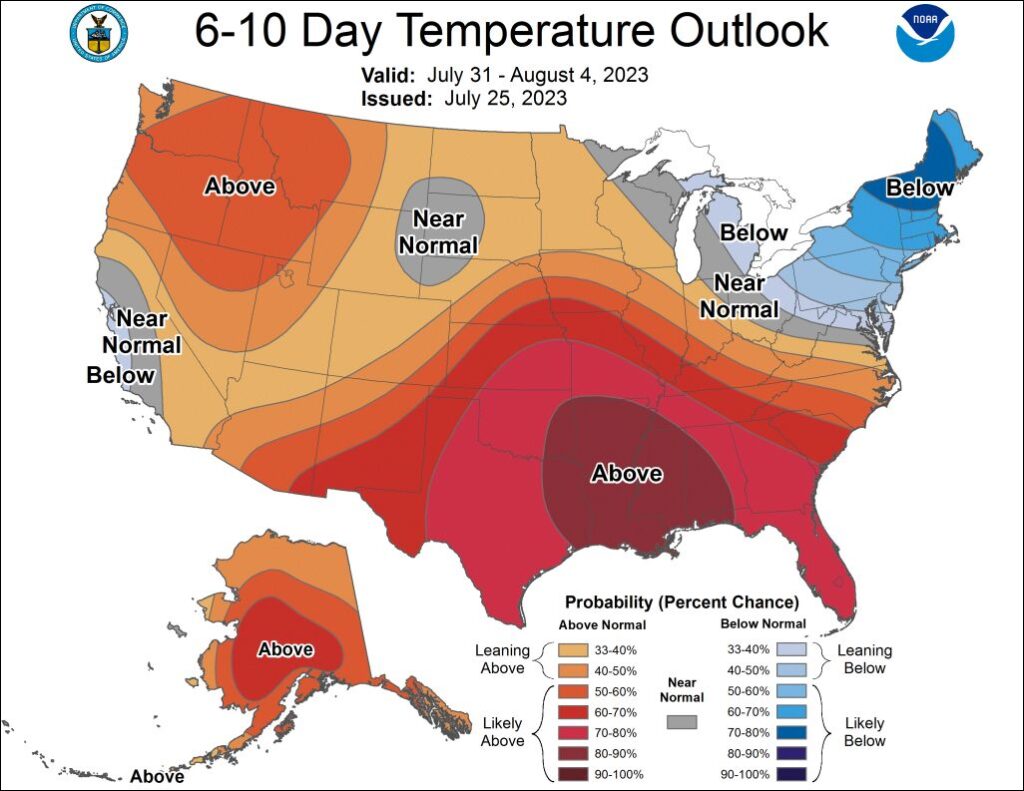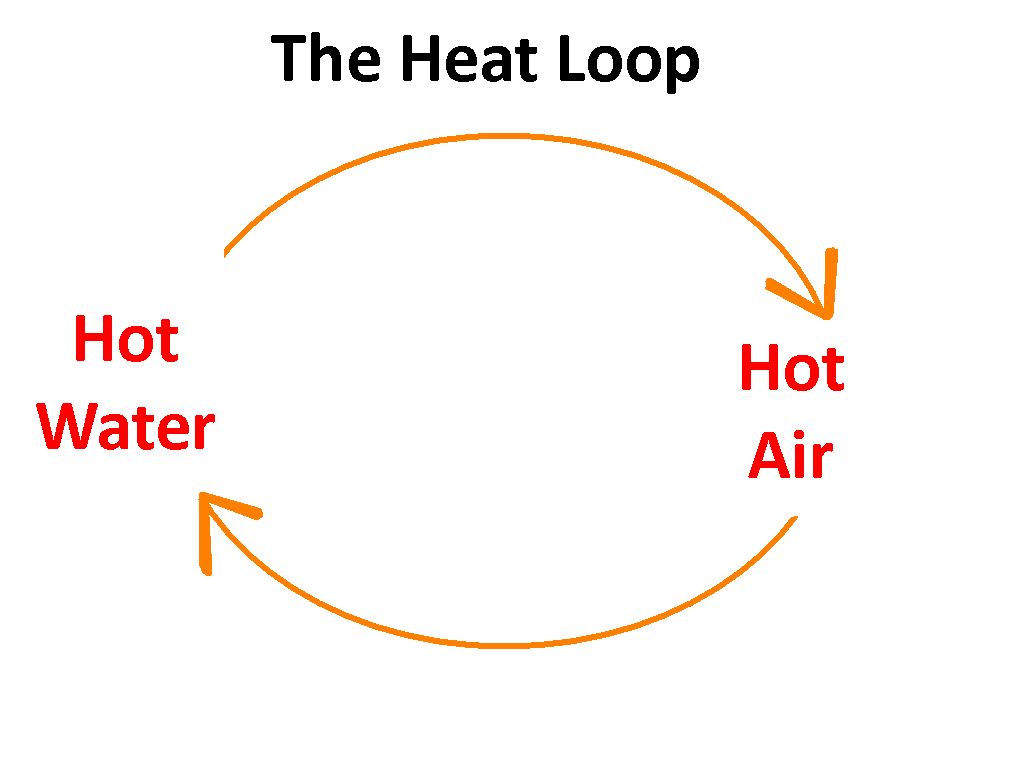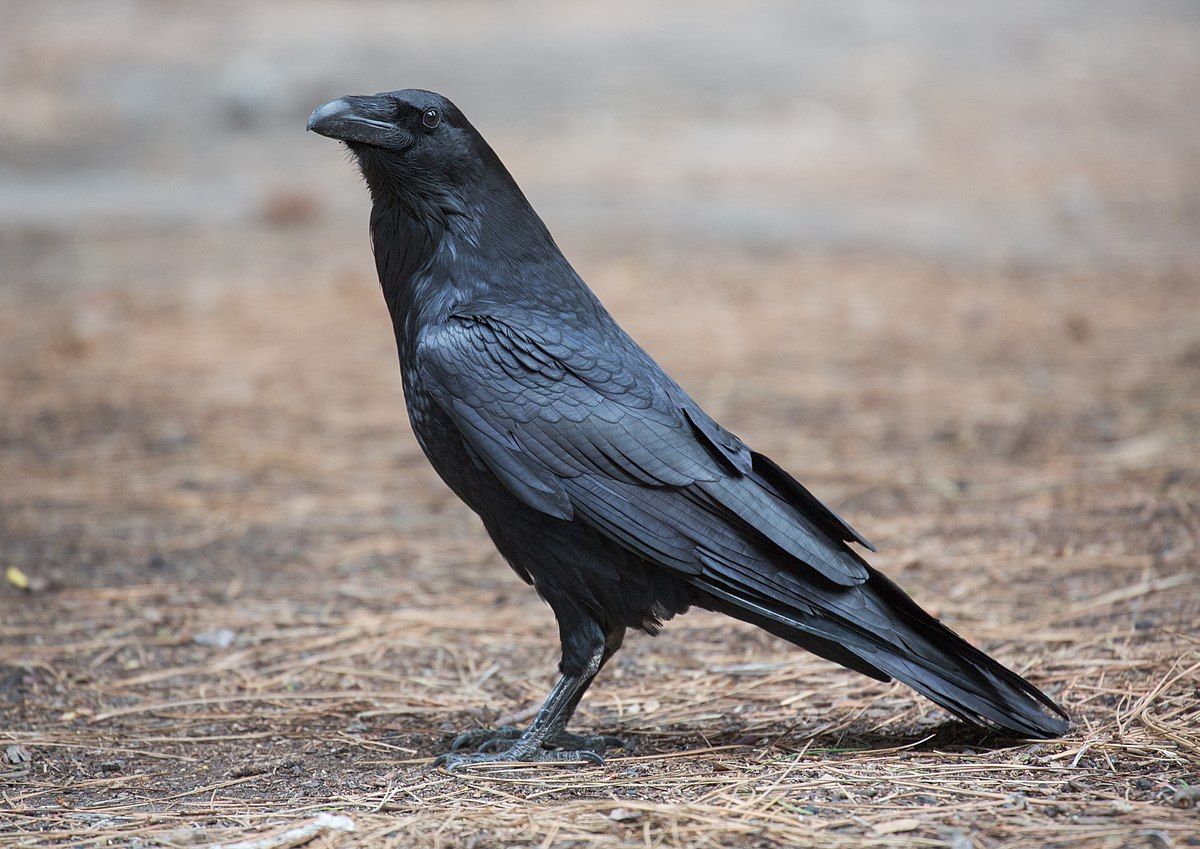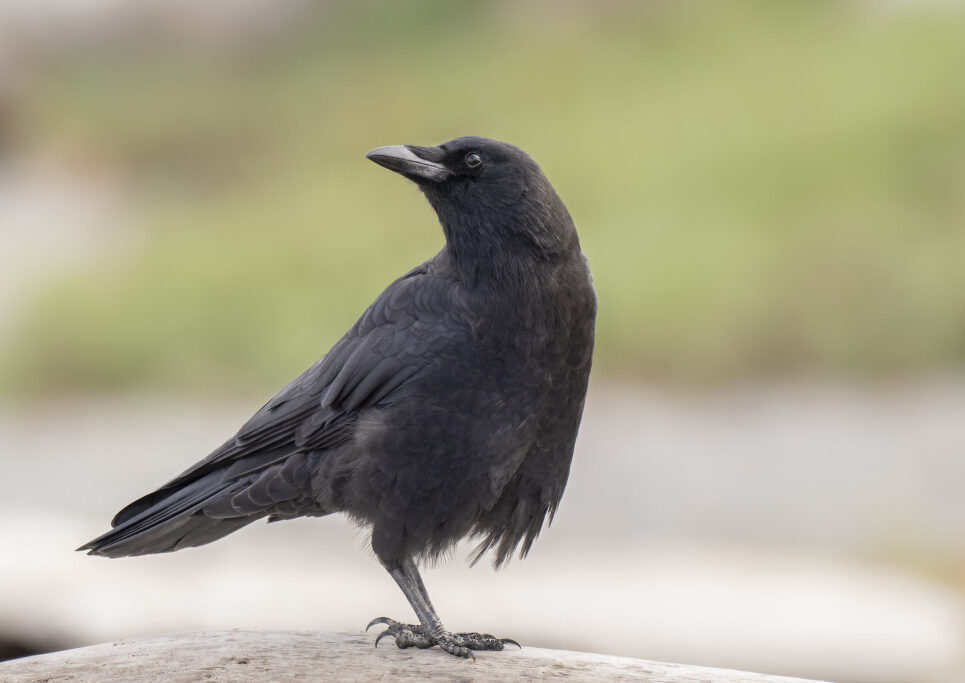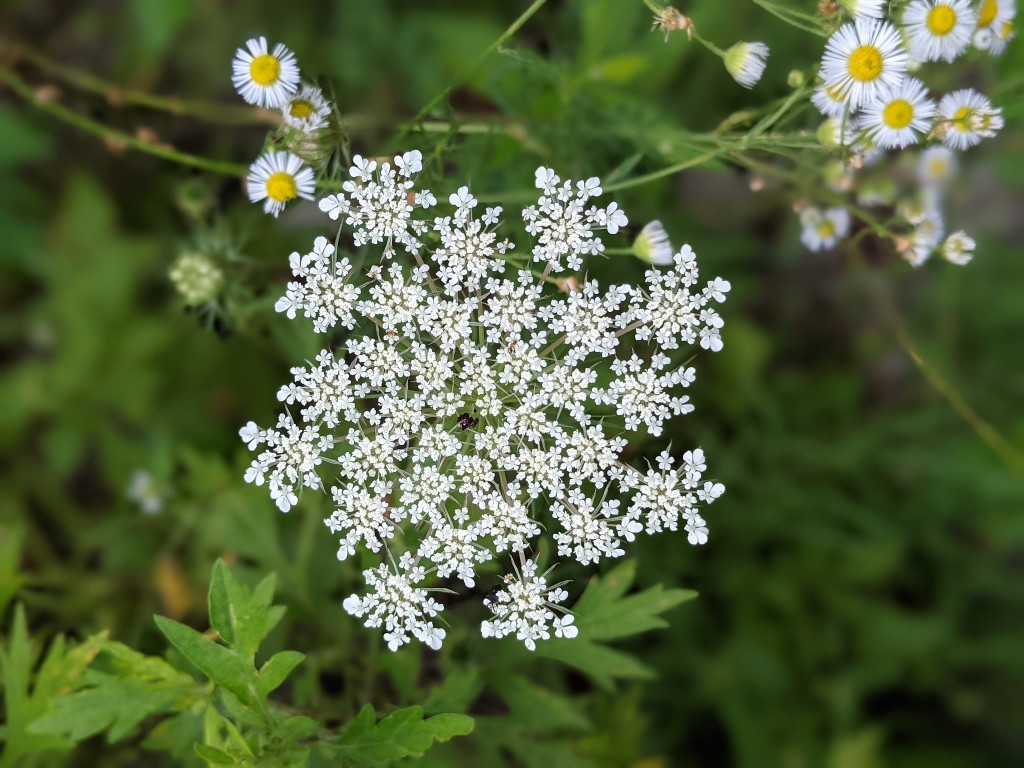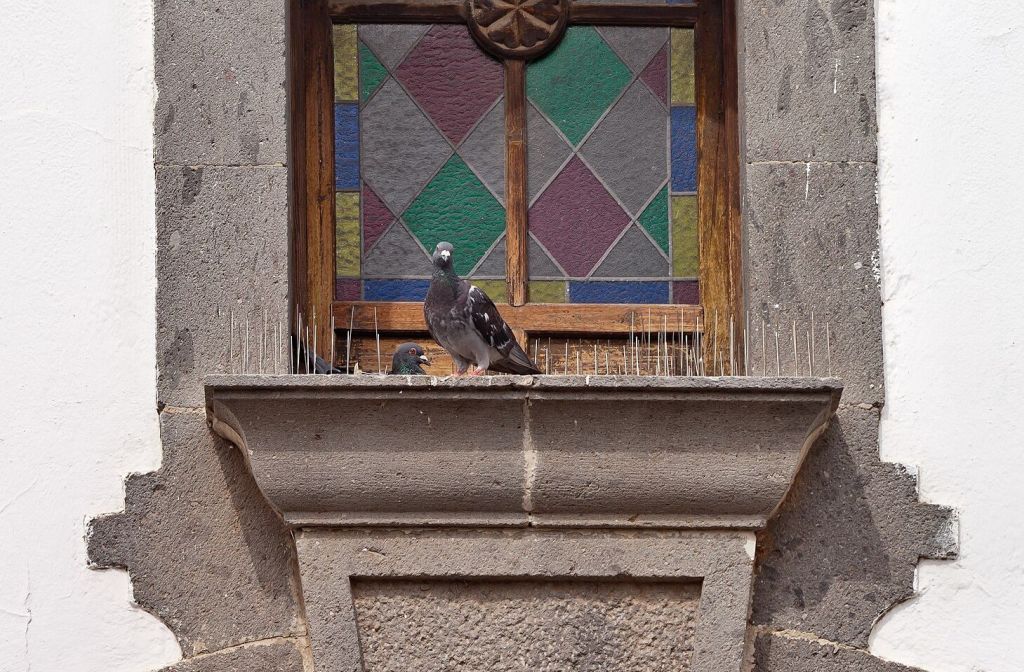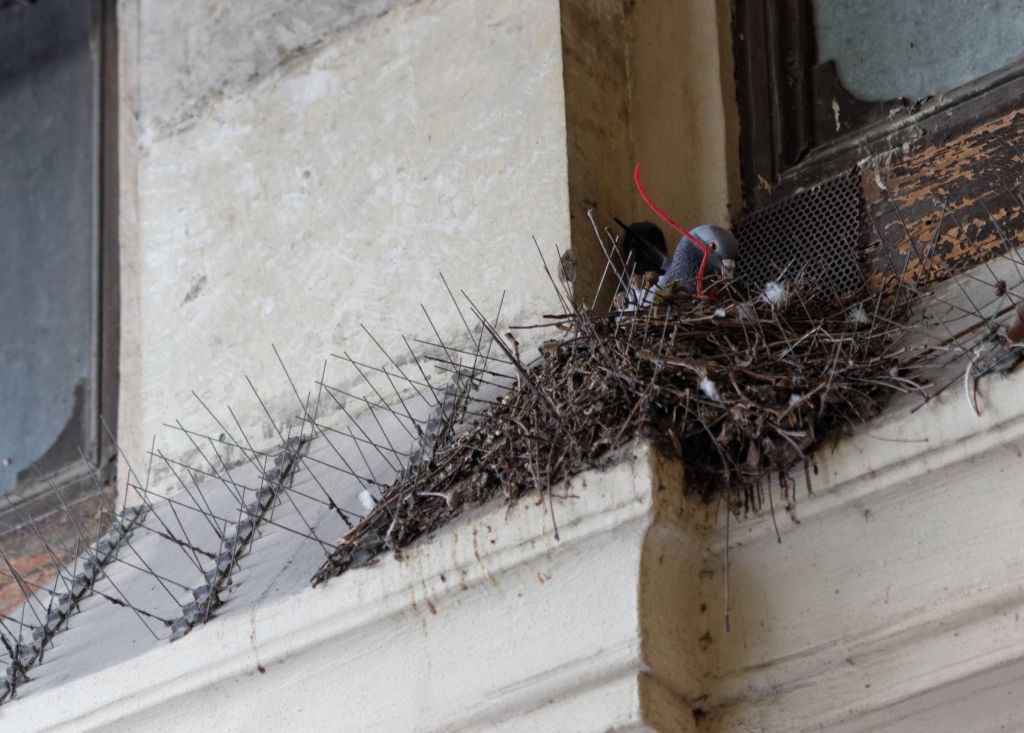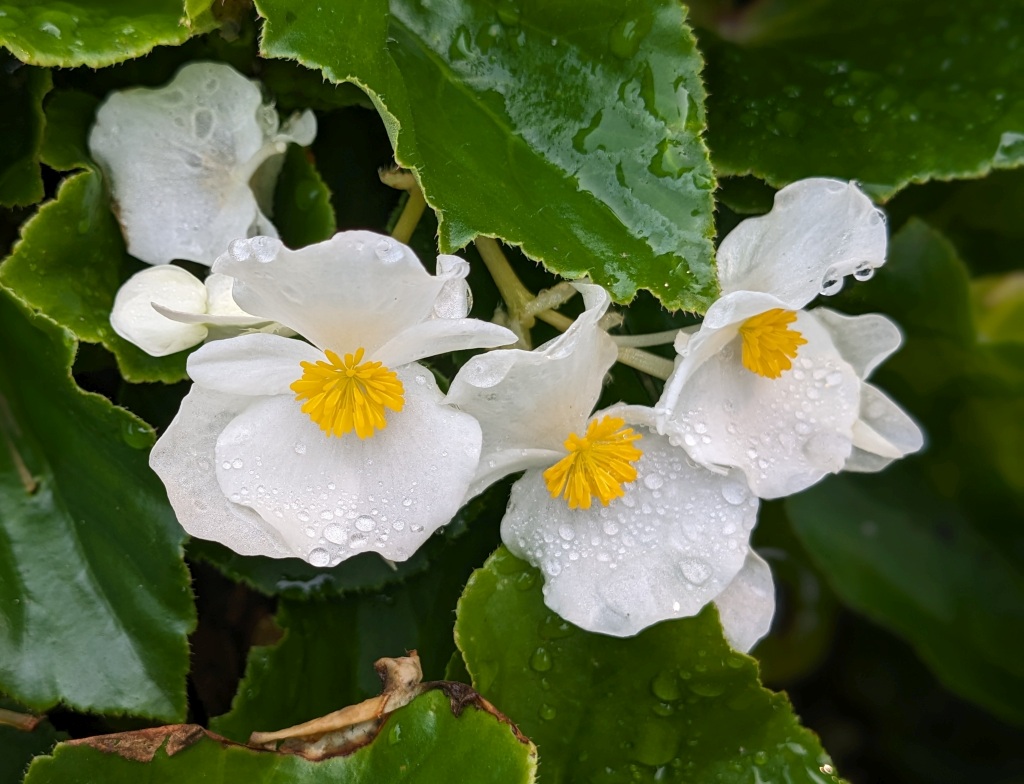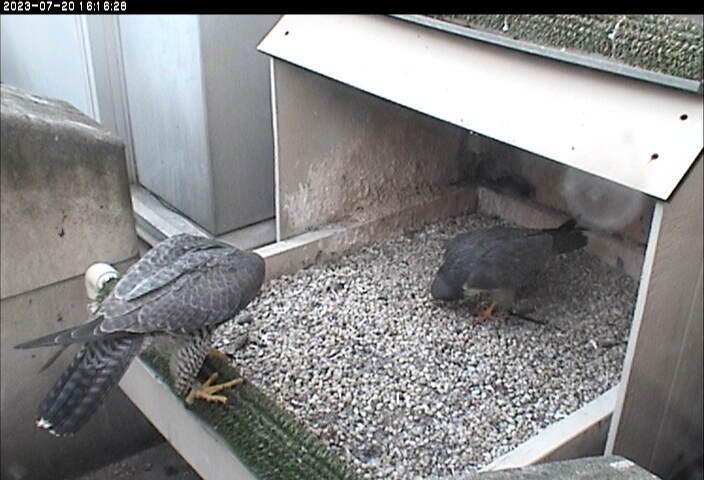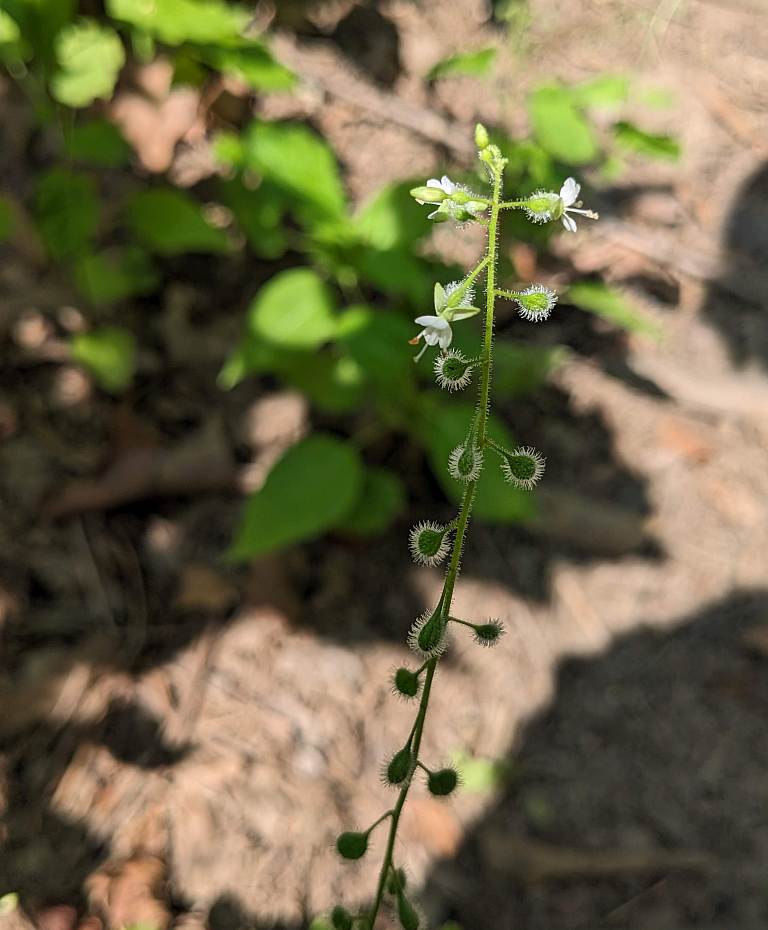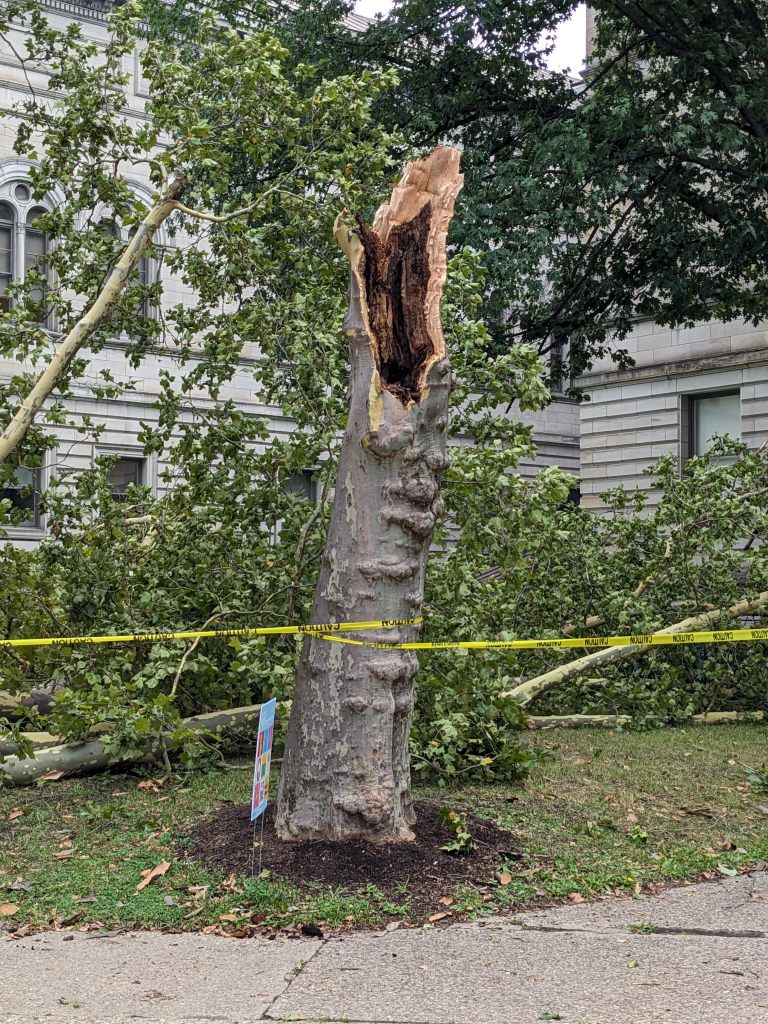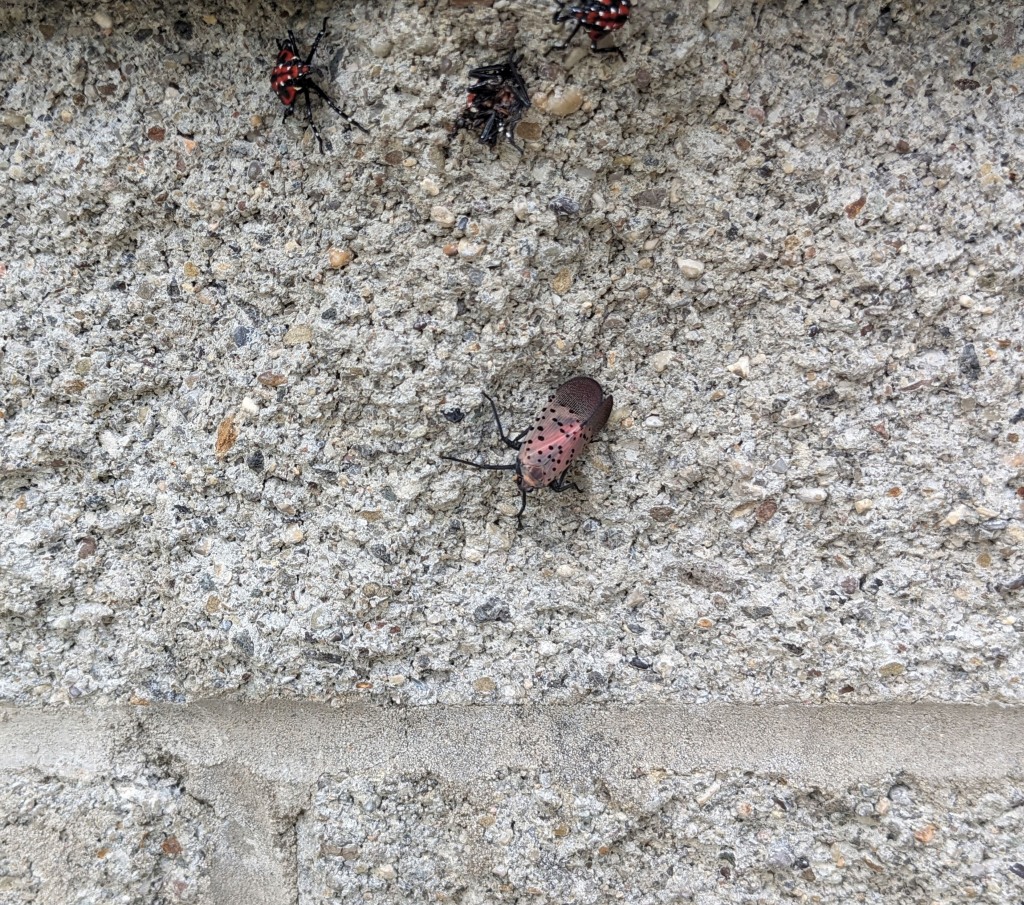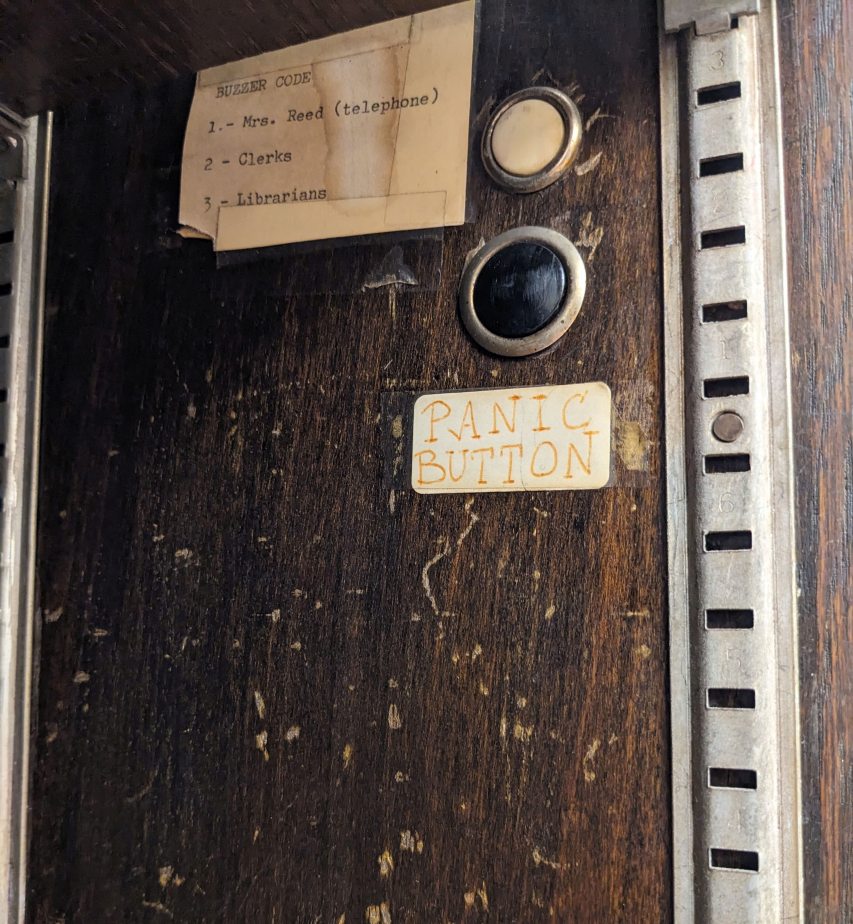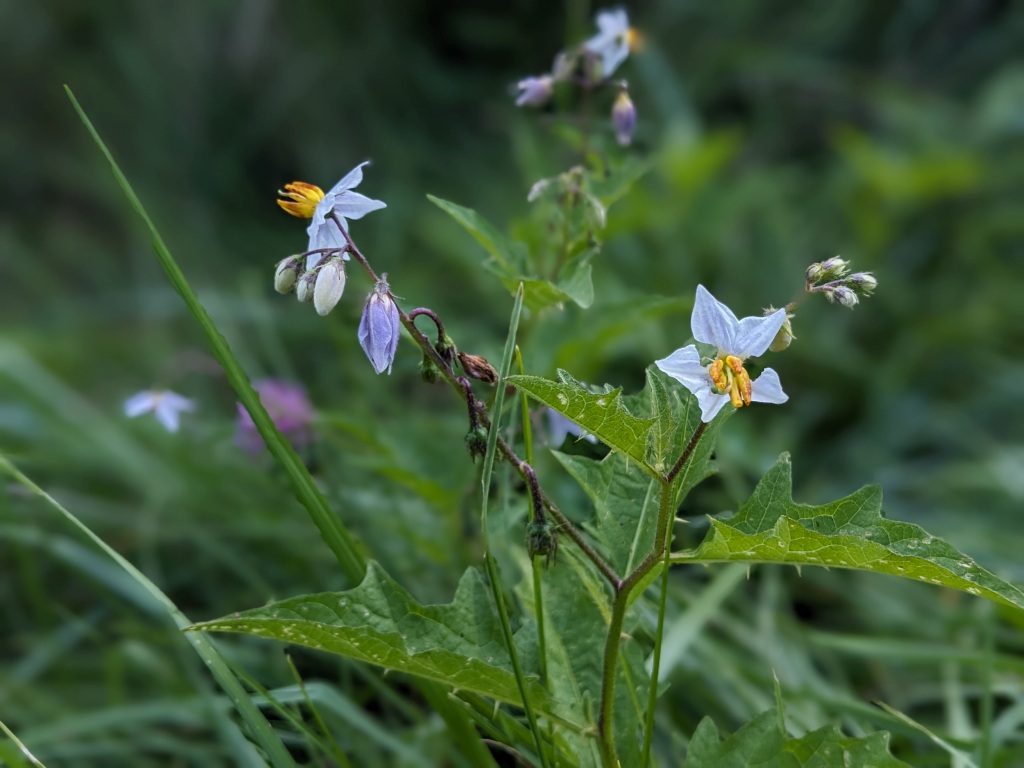
31 July 2023
Yesterday morning’s walk at Frick Park had great weather, lots of participants and good birds.

Early in the walk we encountered horsenettle (Solanum carolinense), pictured above, whose flowers are similar to those of its relatives in the Solanaceae or Nightshade family including tomatoes, potatoes and eggplant (called aubergine in the UK). Though it’s not a nettle, its common name refers to the thorns on its leaves. Did you know the leaves smell like potatoes when crushed? Thorns prevent me from trying this.(*)
Best Birds were a very cooperative yellow billed cuckoo and an elusive green heron. The cuckoo posed for us, the green heron zoomed away. Later the heron zoomed in and landed above us near a second green heron. Two!
In the Nine Mile Run valley I marveled at this confluence of a muddy tributary with the main stem of Nine Mile Run. This, in microcosm, is like the confluence of the clear-running Allegheny with the muddy Monongahela River at The Point.
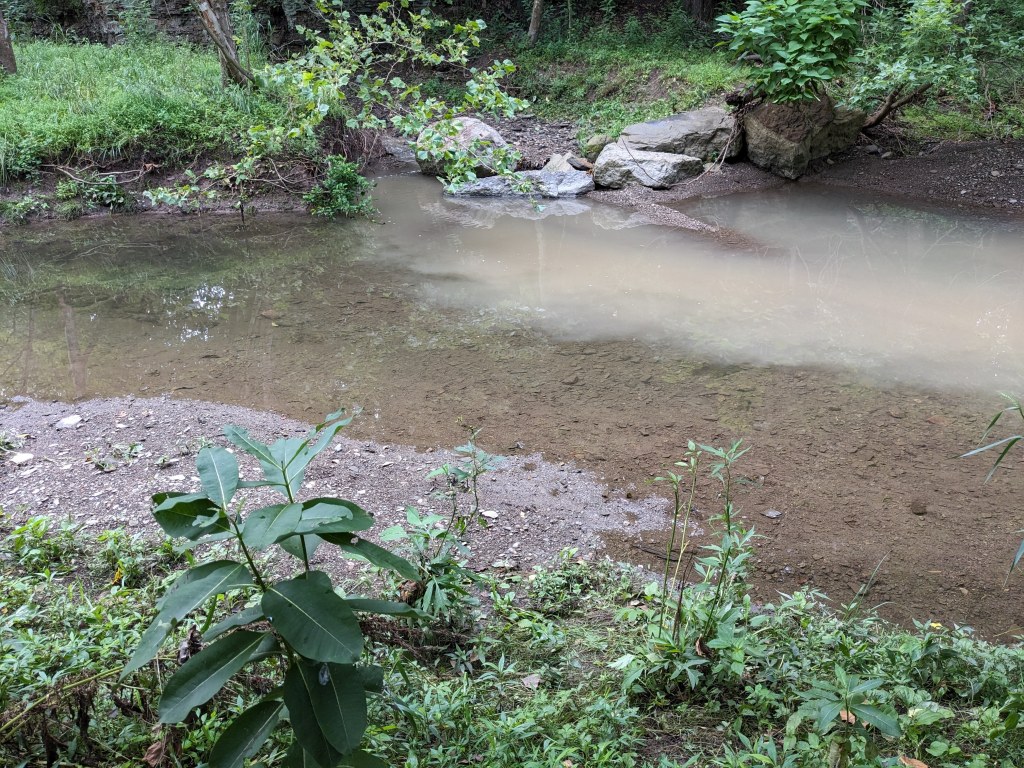
Our eBird checklist is here and shown below.
Frick Park–Nine Mile Run, Allegheny, Pennsylvania, Jul 30, 2023 8:30 AM – 10:30 AM
1.75 miles, 24 species, 17 participants
Mourning Dove (Zenaida macroura) 2
Yellow-billed Cuckoo (Coccyzus americanus) 2 Good looks at one of them
Chimney Swift (Chaetura pelagica) 2
Ruby-throated Hummingbird (Archilochus colubris) 1
Green Heron (Butorides virescens) 2
Red-tailed Hawk (Buteo jamaicensis) 3
Downy Woodpecker (Dryobates pubescens) 5
Northern Flicker (Colaptes auratus) 1
Red-eyed Vireo (Vireo olivaceus) 3
Blue Jay (Cyanocitta cristata) 5
Carolina Chickadee (Poecile carolinensis) 3
Tufted Titmouse (Baeolophus bicolor) 2 Youngster chasing an adult for food
Carolina Wren (Thryothorus ludovicianus) 3
European Starling (Sturnus vulgaris) 5
Gray Catbird (Dumetella carolinensis) 5
American Robin (Turdus migratorius) 12
American Goldfinch (Spinus tristis) 3
Field Sparrow (Spizella pusilla) 1
Song Sparrow (Melospiza melodia) 7
Baltimore Oriole (Icterus galbula) 4
Common Grackle (Quiscalus quiscula) 2
Scarlet Tanager (Piranga olivacea) 1 Female seen briefly
Northern Cardinal (Cardinalis cardinalis) 7
Indigo Bunting (Passerina cyanea) 3
(photos by/for Kate St. John)
(*)NOTE: This just in! An article about edible Nightshades in The Guardian includes potatoes, tomatoes and eggplant: https://www.theguardian.com/lifeandstyle/2023/jul/31/the-truth-about-nightshades-four-online-myths-about-potatoes-tomatoes-and-aubergines.)
